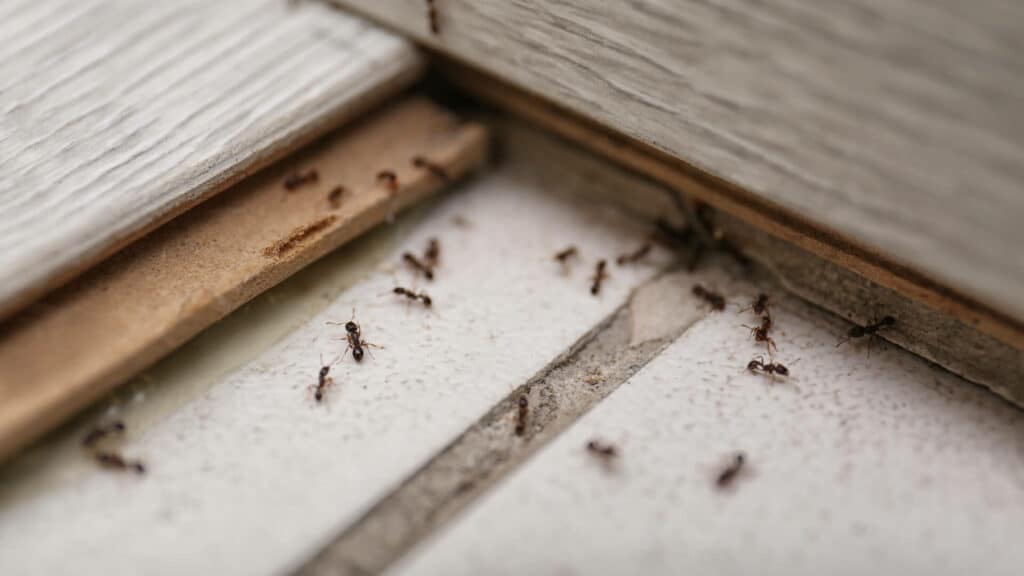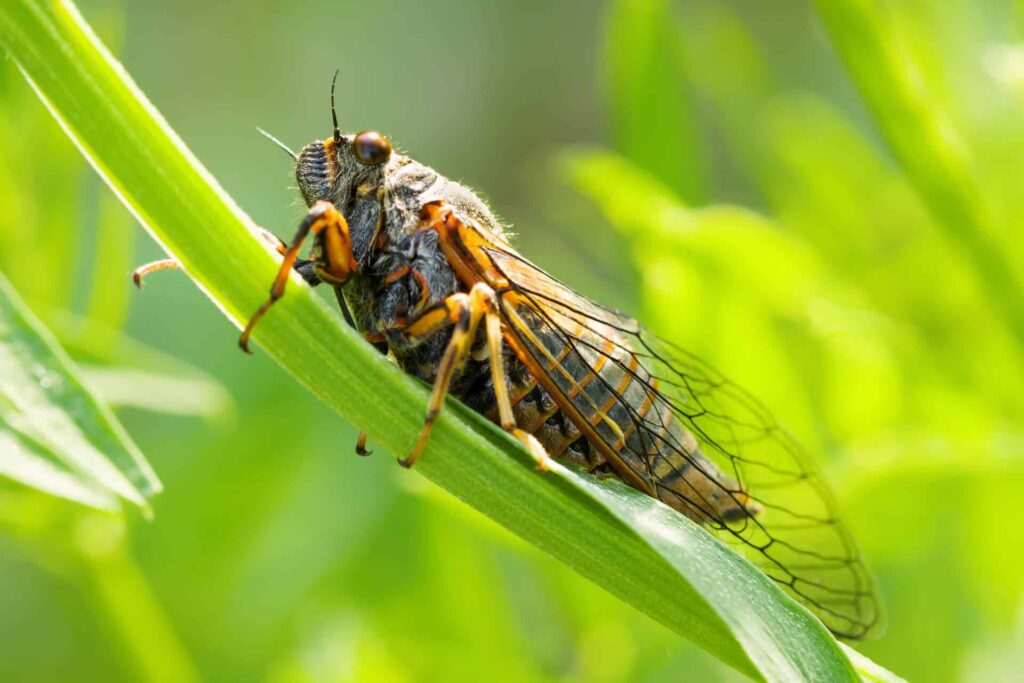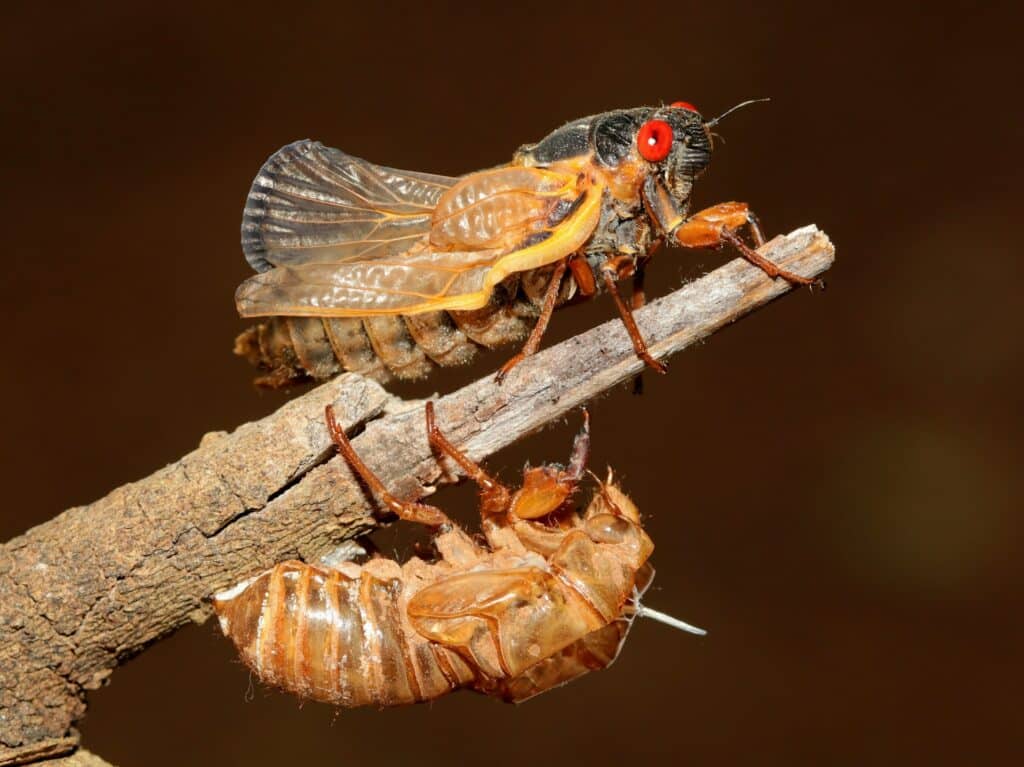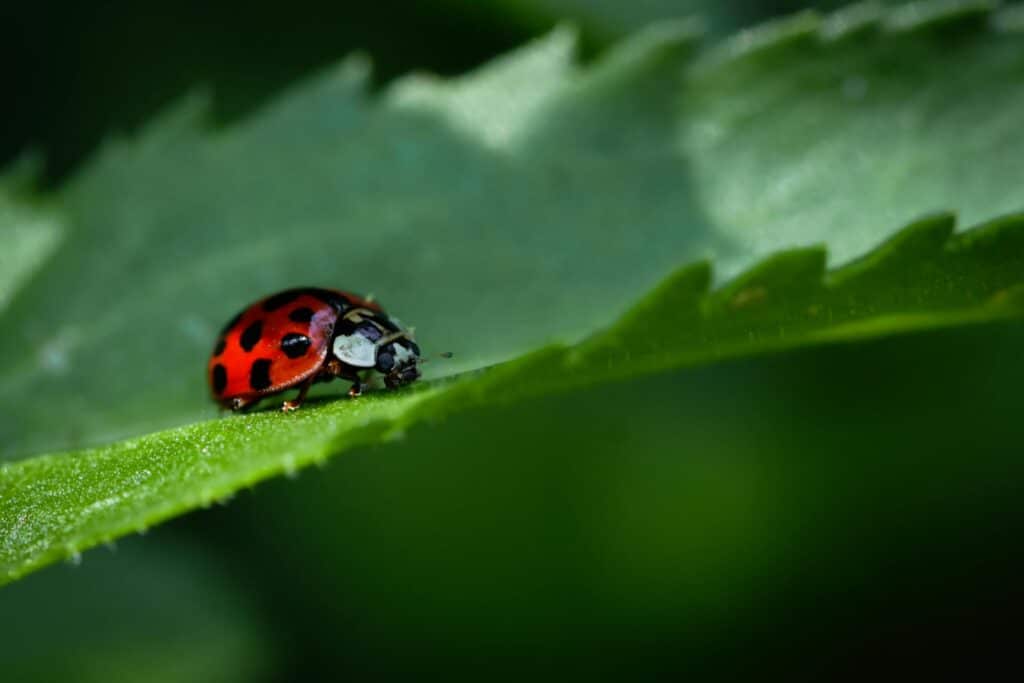Learn to Spot the Difference Between these 2 Intrusive Rodents
Spotting a rat in your home can be a startling experience. While both Norway rats and Roof Rats are unwelcome guests, understanding the key differences between these two species can be crucial for effective pest control.
This knowledge will help you identify the type of rat you’re dealing with, understand their specific behaviors, and take targeted action to eliminate the infestation and prevent future problems.
Norway Rats vs Roof Rats: Appearance and Size
What’s the difference between Norway rats and roof rats? Let’s start with what they look like.
Both species share a general rodent appearance, but there are distinct physical characteristics that can help you differentiate between them.
- Color: Norway rats boast a brownish-gray coat, whereas roof rats sport sleek black fur with lighter underbellies.
- Size: Norway rats are generally larger, reaching lengths of up to 10 inches, excluding their tails. Roof rats are typically smaller, measuring around 8 inches in length, with proportionally longer tails than their bodies.
Norway Rats vs Roof Rats: Behavior and Habitat
The most significant difference between these two rat species lies in their preferred habitats and behaviors:
- Roof rats: Aptly named, roof rats are agile climbers. They readily navigate vertical spaces using their sharp claws and excellent balance. This allows them to exploit utility lines, branches, and even walls to access roofs and higher entry points into homes and buildings. Once inside, they create nests in attics, drop ceilings, and wall voids. Their diet is more varied, including fruits, insects, and even pet food.
- Norway rats: These burrowing specialists prefer ground-level activity. They dig elaborate burrow systems near foundations, gardens, and under debris piles. They readily exploit gaps around pipes and vents to enter basements and lower floors of structures. While they can climb, they are not as adept at it as roof rats. Their diet primarily consists of grains, meats, and other scavenged food sources.
The Threat Posed by Rats
Both Norway and roof rats pose significant health risks to humans and pets. Their droppings and urine can contaminate food and surfaces, potentially transmitting diseases like murine typhus and salmonellosis. Furthermore, their constant gnawing can damage electrical wiring and cause structural issues within your home.
Whichever the Rat, Be Proactive
If you suspect a rat infestation in your home, identifying the type of rat can be helpful in determining the best course of action. However, regardless of the species, it’s crucial to address the problem promptly.
Here are some recommended steps:
- Contact a professional pest control service. Trained technicians can accurately identify the type of rat infestation and develop a targeted treatment plan. They have the expertise and resources to safely and effectively eliminate the rats and address potential entry points.
- Implement preventative measures. Once the infestation is under control, seal any potential entry points around your property, such as cracks in the foundation, gaps around pipes, and spaces under doors. Maintain proper sanitation practices by storing food in airtight containers and quickly disposing of garbage.
Eradicate Rats in Your Home
Understanding the differences between Norway rats and roof rats can empower you to take control of a potential infestation. By recognizing the signs of their presence, acting fast to address the issue, and implementing preventative measures, you can safeguard your home from these unwelcome and potentially dangerous pests. If you have questions about specific signs of rat activity or rat and rodent pest control for your home, contact Aptive, we’re here to help.









